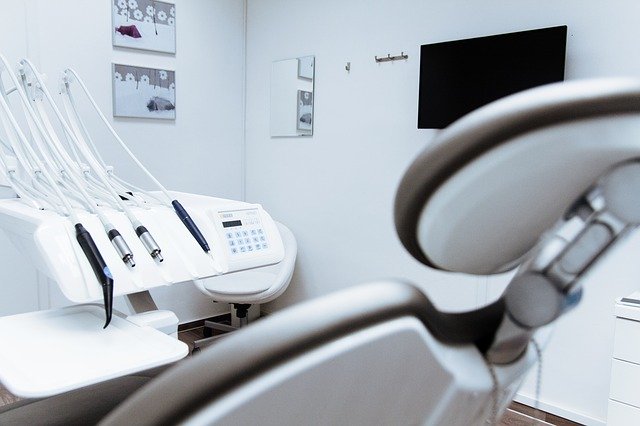What’s the difference between inlay and onlay? An inlay is geared more for cavities that require a traditional filling but are an alternative when the cavity is a little too big for a traditional filling. Onlays, on the other hand, are in between the inlay and the crown. They’re not used to fill cavities that require a crown but are larger than cavities filled with an inlay.
What’s the Difference Between Inlay and Onlay?

In this article, we’ll focus on different types of dental fillings. We will help you better understand when an onlay or inlay is the superior alternative, instead of fillings or dental crowns. This article will also shed light on why dental cleanings are necessary and how they detect these issues before having to get any of the mentioned procedures done.
What’s an Inlay?
If you’ve ever had a cavity filled, you know that a filling is what’s used when decay needs to be replaced with a composite material. Fillings are either composite or amalgam materials (white or silver). However, when a cavity is a little larger than normal, an inlay is the alternative many dentists will turn to. This is:
- Used if cavities are too large for traditional filings
- A single piece that’s solidified to fill the void
- Perfectly shaped to fill the cavity
Your inlay is cemented in place once the cavity is filled. This means that you may undergo some sort of dental sedation option that your dentist suggests.
What’s an Onlay?
An onlay is a step up from an inlay. What differentiates it from the inlay is that the onlay covers a cusp of your tooth. It’s also fabricated as a single piece, and used to sit on top of the area where the tooth decay has taken over a majority of your healthy teeth. It’s not quite as extensive as dental crowns procedures are, but it is a little bit sturdier for larger cavities. It seals the tooth a little better than the inlay will.
Benefits of Inlays or Tooth Onlays vs. a Filling
Inlays and onlays are performed similarly to how dental crowns are fitted; the primary difference is that not as much of your tooth structure is removed during the drilling process. They are nothing like dental implants or bridges. The benefits of these two options are superior to fillings because:
- They’re sturdier and bond to your tooth naturally
- Can fill a deeper void than most fillings can
- Is superior if your tooth decay is excessive and can’t be filled with traditional filling composite or metal finishes
- It’s permanent and will remain affixed to your natural tooth
- It’s a long-lasting solution and can help to prevent decay or other tooth infections
Regardless of how deep your cavity is, if the traditional filling is not sturdy enough, an inlay or onlay might be the next step your dentist discusses with you during your office visit.
Bottom Line
How do inlays and onlays differ? As we’ve highlighted, the main difference between inlay and onlay is that inlays are a step up from the filling, but a step down from an onlay. If you have a large cavity that’s too large for a traditional filling, inlays are the way to go. If, however, the cavity’s a bit larger, and requires a little more work, but doesn’t rise to the level of needing dental crowns, the onlay is a superior alternative. Overall, it’s important to avoid cavities so that there is no need for these procedures — especially in children. Hence, it’s important to follow healthy tips for kids to ensure that all parts of them are healthy.













 term effect of a particular preschool program on the performance and grade retention of its former students in their middle school years. Those who were held back a year before joining pre-school were less likely to perform well academically.
term effect of a particular preschool program on the performance and grade retention of its former students in their middle school years. Those who were held back a year before joining pre-school were less likely to perform well academically.
 obesity among children is growing and many no longer lead an active lifestyle; therefore, parents should be more aware of what their children are into. This is why the first person to lead a
obesity among children is growing and many no longer lead an active lifestyle; therefore, parents should be more aware of what their children are into. This is why the first person to lead a  yoghurt and ever air-popped popcorn, and make sure they’re on their reach.
yoghurt and ever air-popped popcorn, and make sure they’re on their reach.

 can call the Social Security Administration. Their official contact number is 800-772-1213. Also, be aware that there are different programs for Medicare and same may or may not
can call the Social Security Administration. Their official contact number is 800-772-1213. Also, be aware that there are different programs for Medicare and same may or may not 

 noises and loud bangs and ask your child to try and repeat the sounds.
noises and loud bangs and ask your child to try and repeat the sounds.